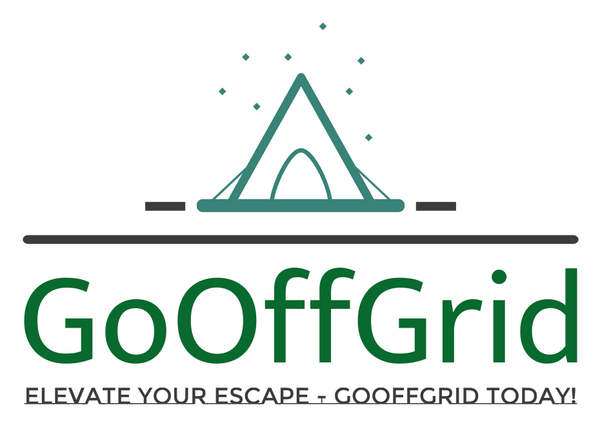Creating your own energy source is an important step toward self-sufficiency and sustainability. As the world increasingly focuses on eco-friendly solutions and reduced emissions, interest in solar panels and other alternative energy sources has surged. But what does it really mean to generate your own electricity, and what benefits can you expect? Here, we’ll explore the advantages of solar panels and some alternatives to consider.
Why Invest in Solar Panels?
Solar panels are one of the most popular energy solutions for home use, and it’s easy to see why:
-
Long-Term Cost Savings
After the initial investment, solar panels can significantly reduce your energy costs. With the right system, you can even generate more electricity than you consume, allowing you to sell the surplus back to the grid or store it for future use. -
Lower Environmental Impact
Solar energy is a clean and renewable resource that emits no carbon dioxide or other harmful substances during production. This makes solar panels an excellent choice for anyone looking to reduce their carbon footprint. -
Increased Independence
By generating your own electricity, you reduce your reliance on the grid and protect yourself from rising energy costs. This energy independence is particularly beneficial during power outages or energy crises. -
Government Incentives
Many governments offer incentives, tax credits, or rebates for installing solar panels. These programs can help offset your initial costs and encourage the transition to renewable energy.
Alternatives to Solar Panels
While solar panels are a great option, they aren’t the only way to create your own energy source. Here are a few alternatives to consider:
-
Wind Turbines
If you live in an area with consistent winds, small wind turbines can be a viable option for generating electricity. They can be installed on your property to supplement or even replace your existing energy supply.
-
Hydropower
If you have access to a flowing water source, micro-hydropower systems can be an excellent way to harness energy. These systems convert the energy from flowing water into electricity, providing a continuous and reliable power source. -
Biomass Energy
Biomass energy involves using organic materials, such as wood pellets or agricultural waste, to generate heat and electricity. This can be a sustainable option if you have access to the necessary materials and can manage the emissions responsibly. -
Geothermal Energy
For those in geologically active areas, geothermal energy harnesses the Earth’s heat for heating and electricity generation. It’s a stable and reliable source of energy but may require significant upfront investment for installation.
Conclusion
Creating your own energy source through solar panels and other alternative energy methods is not only a way to reduce your carbon footprint but also a means of gaining independence from fluctuating energy prices. With the right approach and investment, you can pave the way for a more sustainable future. So, why not take the first step toward energy independence today? Explore the possibilities and find out what works best for you!


